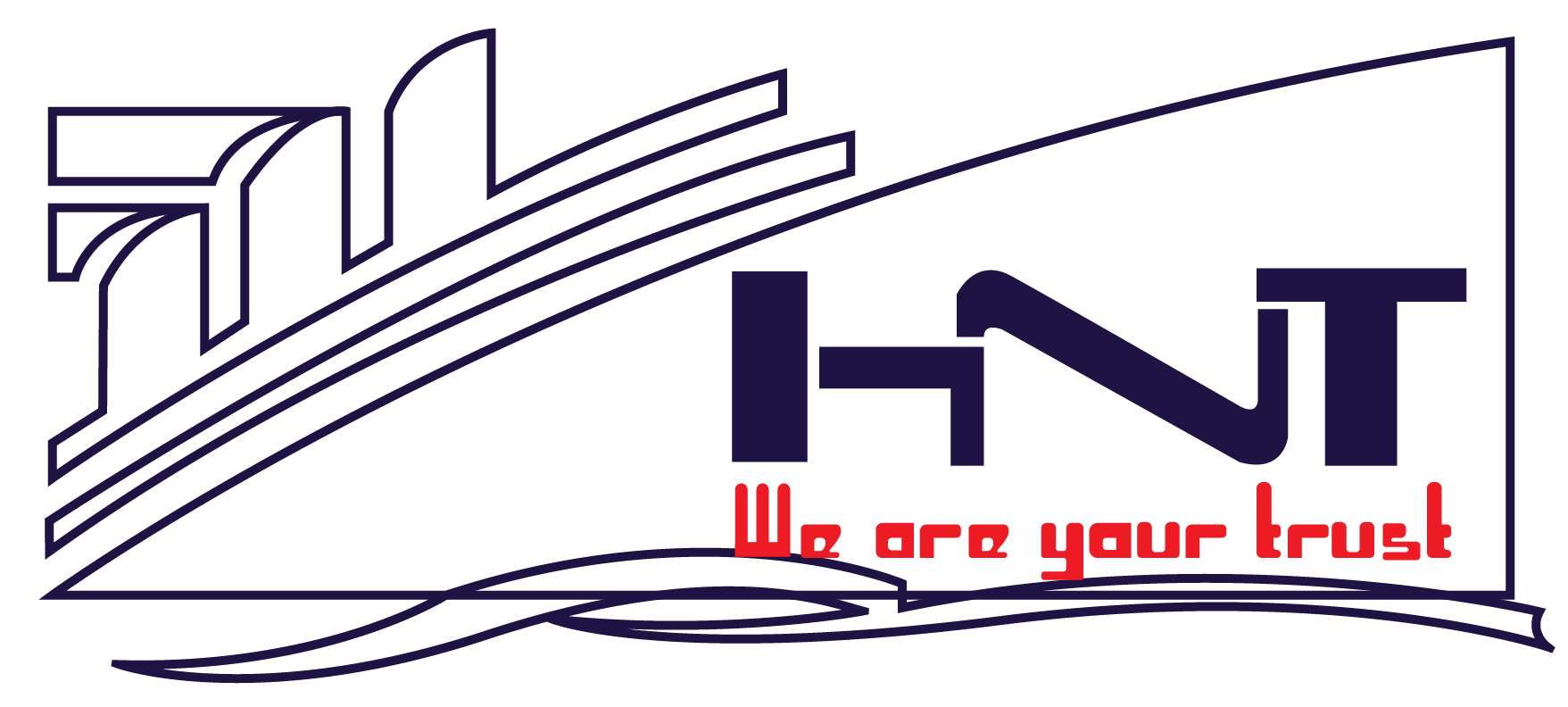Whether it's the process of exporting goods abroad or exporting goods by sea, these activities follow professional and appropriate standard procedures, regulated by Vietnamese law and the laws of importing countries. So, what exactly is the accurate flowchart for the export process? What is the step-by-step export process you can refer to? Let's explore right away!
What is Exporting Goods?
Exporting is the process of moving goods from one country to another for sale or use. This is carried out by businesses or individuals with market demand, or by companies producing in one country and selling their goods in another.
The process of exporting goods includes steps such as preparing goods, transporting, packing, customs clearance, and delivering goods. Exporting goods is a crucial activity that brings significant economic benefits to the country, contributing to economic growth, generating income, and promoting trade partnerships between nations.

Exporting helps bring products and services to the global market.
Standard Professional Export Process
Negotiating and Signing Contracts
This is the first and most crucial step. It directly affects the company's profit, requiring negotiations with customers to sign foreign trade contracts. These contracts outline specific terms regarding delivery conditions, goods, and each party's responsibilities. Once agreed upon, both parties will proceed according to the signed contract.
Applying for Export Permits
In the process of exporting goods by sea, if the goods require a permit, the exporter must work with relevant agencies to obtain an export permit as per Decree 187 and other related regulations. Companies should apply for the permit once, which can be used multiple times. As this step is essential and time-consuming, companies must prepare thoroughly.
Booking and Collecting Empty Containers
If the shipment is sold under CIF terms, the individual handling the export procedures must contact the shipping company or FWD to find the best shipping rate for transporting their shipments. If the shipment is sold under FOB terms, the company does not need to book the ship, as the consignee will arrange the shipping.
The process for collecting empty containers at the port: The company will go to the port to exchange for the Booking Confirmation at the port's commercial services after exporting CIF and having the booking. This confirms with the shipping companies that the exporter agrees to take the containers and seals. When exporting under FOB terms, the exporter will receive the Transport Confirmation and exchange it for the booking.

Similarly with CIF
Preparing and Inspecting Goods for Export
Once the customer agrees on the proforma invoice, companies must plan to produce goods that meet the quality and quantity agreed upon in the contract.
Packing and Marking Goods for Transport
Process to export goods – packaged goods at warehouses
In this stage, export-import departments must coordinate with technical staff and factory workers to pack goods. Ensure to record all necessary information on the goods as per the customer's requirements, which are related to the foreign trade contract.
Important information includes: item name, net weight, country of origin, gross weight, handling instructions like "fragile" or "bulky."
Packaging Goods at the Port
The packaging process at the port is similar to that in the warehouse. However, packing at the port requires many documents and procedures, and usually, companies need to hire workers, incurring additional costs.

If your goods require specialized inspections such as fumigation quarantine, sampling will be conducted at this step.
Buying Insurance for the Shipment
Contact insurance companies to insure your shipment. The insurance limit depends on the value of the goods, usually 2% of the total value for regular goods. If the shipment is under FOB or CNF terms, insurance is not necessary.
Completing Customs Procedures
Your company must complete the following customs procedures:
- Opening a customs declaration
- Registering the declaration
- Paying customs fees
- Receiving the declaration
- Settling the declaration
- Entering the ship's log
- Completing customs clearance
Delivering Goods to the Ship
After customs clearance, your company must provide detailed invoices for the shipping company to prepare the bill of lading. This step must be done before the cut-off time and prior to actual shipment. Delivery is completed when the company receives the bill of lading, which can be the original (3 copies) or surrendered bill.
Making Payment for Goods
The export-import officer must complete the payment documentation, including commercial invoices, sea waybills, packing lists, certificates of origin, and fumigation certificates. If paying by L/C, submit all documents to the guaranteeing bank.
Sending Documents to Foreign Buyers
Send the original documents as per the initial contract agreement and scan files via email to help them prepare for the import process.
Conclusion
We hope this information helps you understand the detailed export process and the necessary steps. If you face challenges and high costs in exporting goods and are unsure of the required steps, contact HNT Logistics at 0981.655.880 (Mrs. Thi) today. You will receive detailed advice on transportation procedures and find a reputable and high-quality goods transportation service provider in the market.




